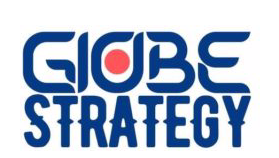|
In 1983, Theodore Levitt, the late Harvard Business School professor and editor of the Harvard Business Review, wrote a controversial article entitled “The Globalization of Markets.” In it, he famously stated, “The globalization of markets is at hand. With that, the multinational commercial world nears its end, and so does the multinational corporation… The multinational operates in a number of countries, and adjust its products and processes in each, at high relative cost. The global corporation operates with resolute constancy… it sells the same things in the same way everywhere” [1] Levitt both overestimated and underestimated globalization. He did not anticipate that some markets would react against globalization, especially against Western globalization. He also underestimated the power of globalization to transform entire nations to actually embrace elements of global capitalism, as is happening in the former Soviet Union, China, and other parts of the world. He was right, however, about the importance of branding and its role in forging the convergence of consumer preferences on a global scale. Think of Coca-Cola, Starbucks, McDonald’s, or Google. [2] More than 20 years later, in 2005, Thomas Friedman, author of The World is Flat: A Brief History of the Twenty-First Century, had much the same idea, this time focused on the globalization of production rather than of markets. Friedman argues that a number of important events, such as the birth of the Internet, coincided to “flatten” the competitive landscape worldwide by increasing globalization and reducing the power of states. Friedman’s list of “flatteners” includes the fall of the Berlin Wall; the rise of Netscape and the dot-com boom that led to a trillion-dollar investment in fiber-optic cable; the emergence of common software platforms and open source code enabling global collaboration; and the rise of outsourcing, offshoring, supply chaining, and in-sourcing. |
||
|
According to Friedman, these flatteners converged around the year 2000, creating “a flat world: a global, web-enabled platform for multiple forms of sharing knowledge and work, irrespective of time, distance, geography and increasingly, language.” [3] And, he observed, at the very moment this platform emerged, three huge economies materialized—those of India, China, and the former Soviet Union, and “three billion people who were out of the game, walked onto the playing field.”
|
Source
Fundamentals of Global Strategy
Cornelis de Kluyver, University of Orego.
to read the full book, scan the QR code
